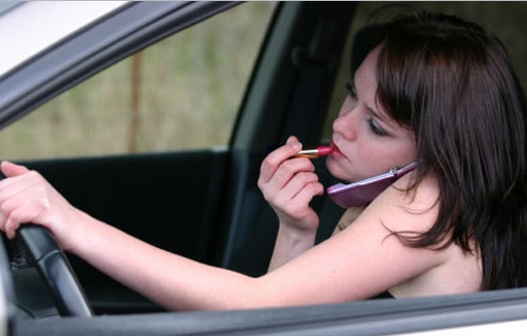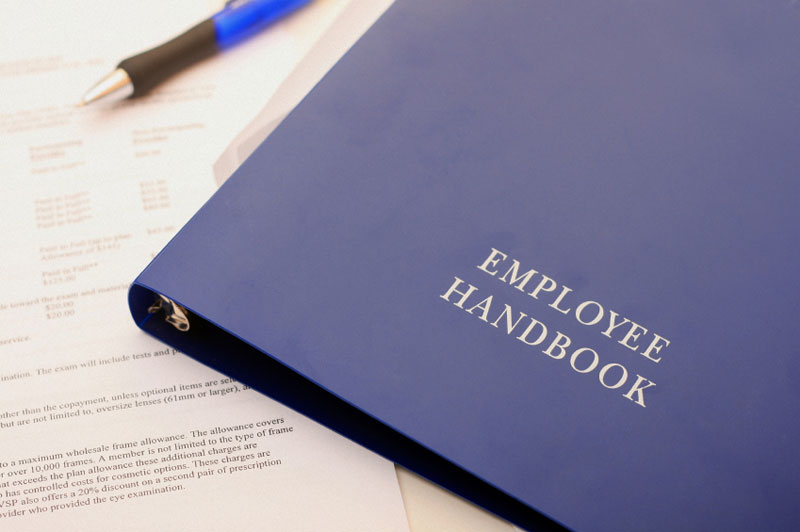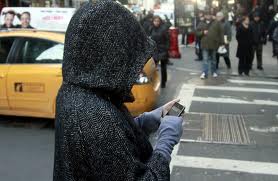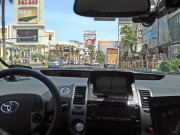Increasing Penalties For Distracted Driving
Given the prevalence of cell phones and smartphones, the likelihood is that many if not most automobile accidents are caused by distracted driving. The NHTSA estimates about 3,000 fatal distracted driving auto accidents in 2011. One study suggests that cell phones may be the cause of 1.6 million accidents per year, which is 28% of all auto accidents. Maryland has been improving the laws year after year, but some research questions whether existing laws around the nation are good enough.
 As far as punishment, some believe that higher fines will increase compliance, just as it did for seatbelt laws. New Jersey is considering a $200 fine for the first offense with a license suspension for 90 days for the third offense. Connecticut has already increased fines to $125 for a first offense. In Maryland, the fines are relatively light. Talking on a cell phone can cost $40 for a first offense and $100 for subsequent offenses. Sending or reading e-mails or texts is punishable by $70 fine for the first offense and $110 for subsequent offenses.
As far as punishment, some believe that higher fines will increase compliance, just as it did for seatbelt laws. New Jersey is considering a $200 fine for the first offense with a license suspension for 90 days for the third offense. Connecticut has already increased fines to $125 for a first offense. In Maryland, the fines are relatively light. Talking on a cell phone can cost $40 for a first offense and $100 for subsequent offenses. Sending or reading e-mails or texts is punishable by $70 fine for the first offense and $110 for subsequent offenses.
We should beef up the penalty provisions–larger fines and points (right now, there are no points issued for speaking on a phone for the first offense unless it causes a collision). Financial penalties provide most people with an incentive for good behavior, which will lead to safer roads.
 Maryland Car Accident Lawyer Blog
Maryland Car Accident Lawyer Blog


 The scourge of distracted driving is so bad that I predict many attorneys will be adding to their lawsuits complaints against employers for failure to have policies, procedures and protocols to discourage distracted driving. First, a little bit about agency.
The scourge of distracted driving is so bad that I predict many attorneys will be adding to their lawsuits complaints against employers for failure to have policies, procedures and protocols to discourage distracted driving. First, a little bit about agency. None of them should be texting. We’ve blogged before about
None of them should be texting. We’ve blogged before about  We’ve all heard about
We’ve all heard about